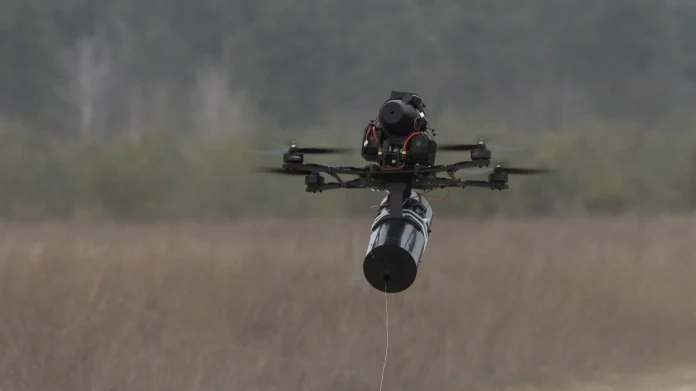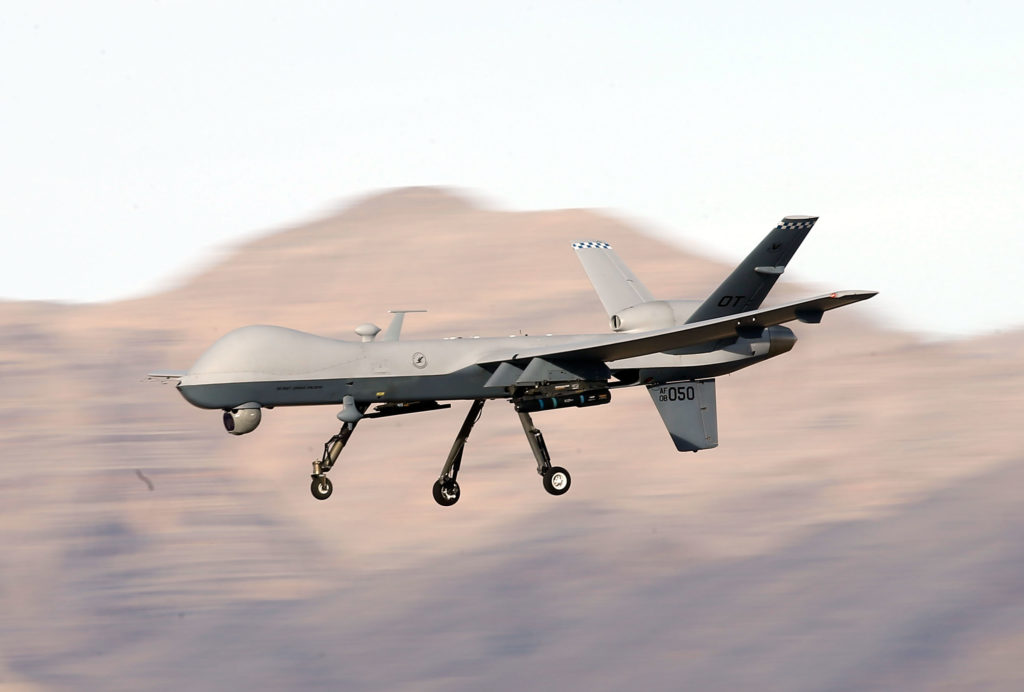
Can one night change the meaning of drone warfare? Yes, one night of strikes by Ukrainian forces on November 5, 2025, not only destroyed up to 1,000 Russian Shahed drones but also laid bare deep vulnerabilities in Moscow’s unmanned systems strategy. The losses at Donetsk airport were estimated at $70 million, more than a tactical setback: a case study in precision, timing, and the shifting battlefield role of drones.
This was not an isolated incident but rather the culmination of years of adaptation in the Russia-Ukraine drone war, as attritable assets, advanced countermeasures, and decentralized production have transformed operational doctrine. For defense analysts and military technologists, the Donetsk strike offers a lens into a future of unmanned warfare with its opportunities and risks, along with the strategic imperatives it lays down.
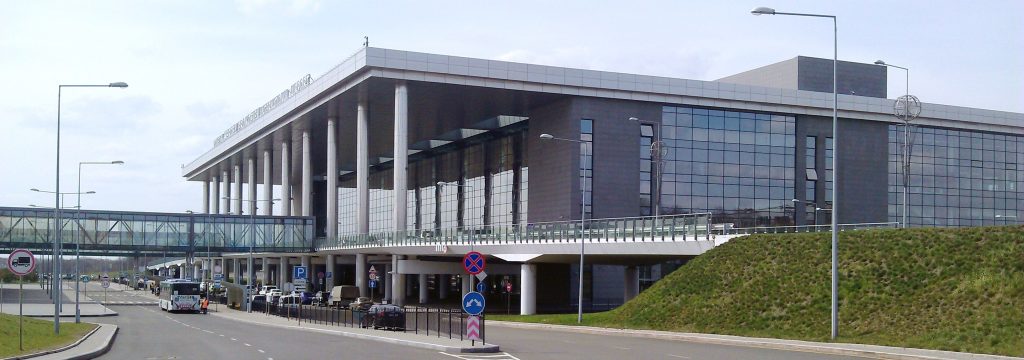
1. Precision Strike on Donetsk Airport
The November 5 operation struck a Russian drone warehouse at Donetsk airport, less than 20 miles from the front lines. The Ukrainian Special Operations Forces acting in concert with the Forces of Unmanned Systems and Rocket Forces had better-than-90-percent hit rates on designated targets. The base was largely destroyed, including munitions and fuel stores, according to satellite imagery. This proximity to the front line had compressed Ukrainian reaction times but had also left it exposed-illustrating the fact that while forward-positioned launch sites are operationally efficient, in high-intensity conflicts they are highly vulnerable.
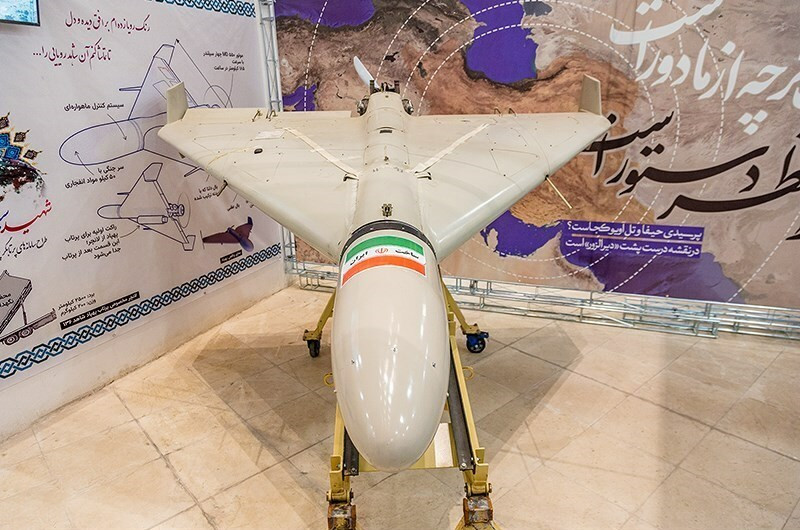
2. Shahed Production Machine of Russia
The Iranian-designed Shahed-136 models, rebranded as Geran-2, anchor Russia’s drone fleet. Facilities such as the Alabuga plant in Tatarstan, touted by CEO Timur Shagivaleev as the world’s biggest drone factory, churn out thousands every month. Drones are often painted matte black to reduce night-time visibility, carry warheads up to 50 kg, and boast ranges exceeding 1,200 km. Production integrates commercial electronics, many sourced from China, facilitating rapid scaling but also making reliance on foreign parts a fact.
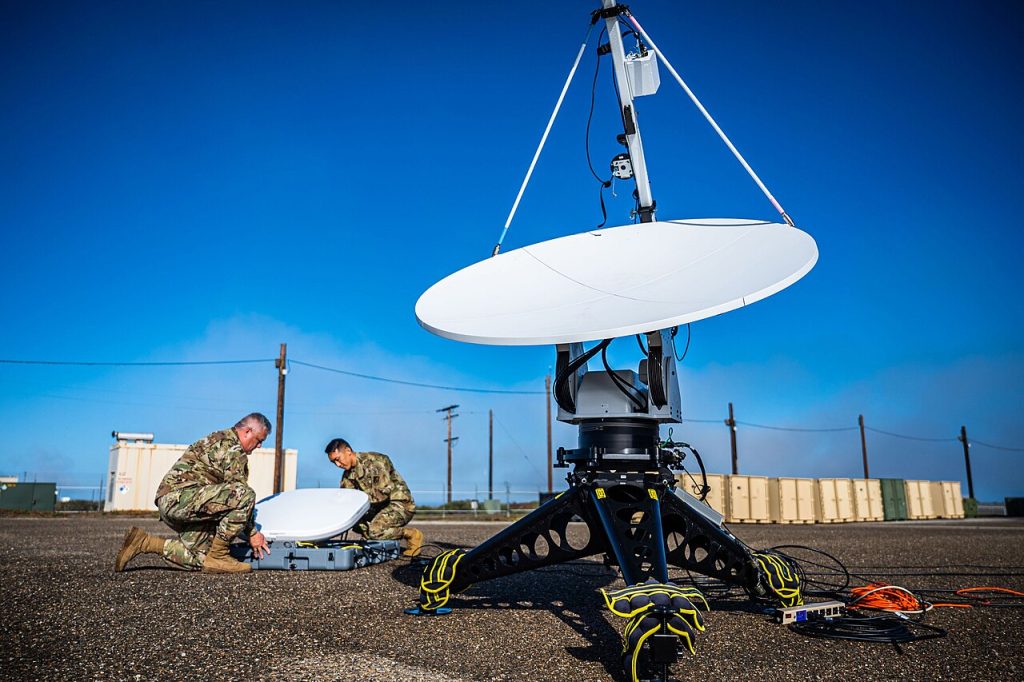
3. Ukraine’s Evolving Drone Doctrine
The Ukrainian Government has relied, since 2022, on a hybrid model of domestic production supported by international partnerships. At the very center of this doctrine lies the so-called attritable drone-low-cost systems with limited strategic consequences in the case of their loss. Ukraine has achieved effects once reserved for traditional airpower-integrating reconnaissance, precision-guided munitions, and electronic warfare payloads-which have challenged Russian logistics and command structures.

4. Russian Unmanned Systems Forces
In December 2024, Russia consolidated manufacturing, use, and combat tactics of UAVs under the USF. Lt. Col. Sergei Ishtuganov told KP.Ru, “We have already formed established regiments, battalions, and other units… conducted according to a unified plan.” There are aerial, land, and surface drones, even integrated electronic warfare in the USF against Ukraine’s interceptors. Supplies remain uneven, trained pilots are still misused, and logistical bottlenecks persist.
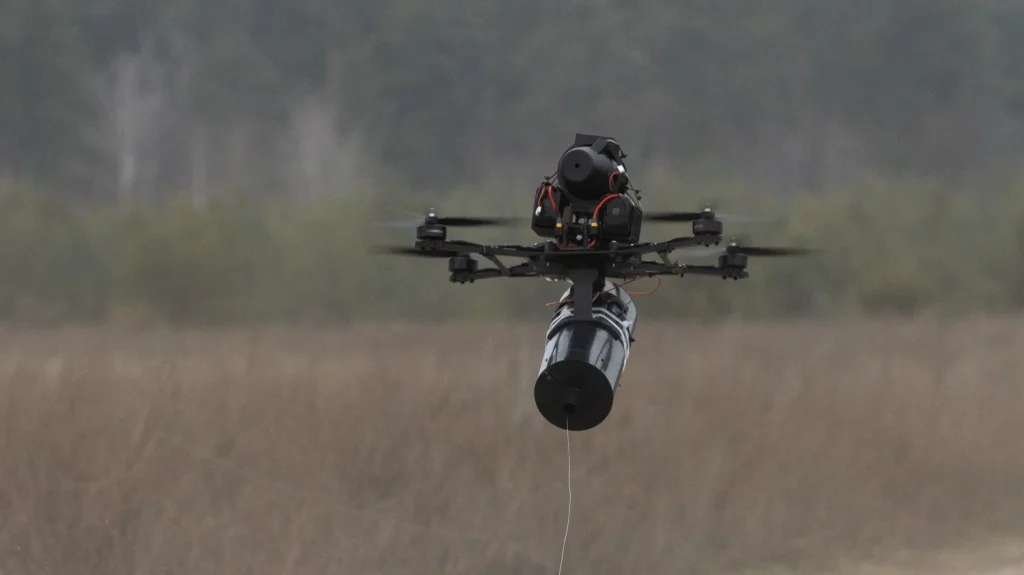
5. Fiber-Optic and AI-Improved UAVs
The Russian designers have fielded fiber-optic FPV variants resistant to radio-frequency jamming, further extending strike ranges out to 20-60 kilometers. AI and machine vision upgrades enable autonomous navigation and lock-on through EW interference. Such adaptations have enabled precision strikes on Ukrainian vehicles and positions deep in the near rear and complicated traditional counter-drone measures.

6. Partial Battlefield Air Interdiction
In fact, Russian UAV tactics create some BAI effects that are traditionally reserved for manned aircraft. The targeting of highways such as the T0514 and T0515 with FPV drones allows Russia to impose ‘fire control’ without occupying the terrain. According to Ukrainian officials, drone strikes along logistics routes account for 70 percent of injuries in some sectors, forcing supply deliveries on foot and extending rotation cycles for units in the front line.

7. Ukraine’s Counter-Drone Measures
Layers of defense feature mobile fire units with thermal-imaging machineguns, radar-acoustic sensor networks, and EW systems against the massed Shahed and tactical UAV attacks. Highways and positions are protected with improvised anti-drone nets, which the Russian swarms most often breach. The low-cost interceptors like Shrike FPVs at $300-$500 shoot at reconnaissance drones, while reusable interceptor prototypes have to get into mass production to offset production shortages.
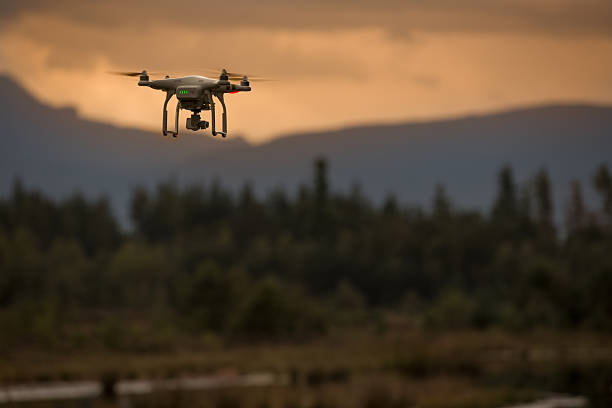
8. Cognitive and Psychological Impact
Beyond physical destruction, drones exact a cognitive toll: persistent UAV presence erodes troop morale and enforces concealment, sowing uncertainty into civilian populations. The combat footage of, say, a strike in Donetsk immediately goes viral, building strategic narratives and shaping international perceptions-thus amplifying the psychological dimension of unmanned warfare.

9. Strategic Lessons for Future Conflicts
The most recent strike at Donetsk reinforces several imperatives: disperse assets to reduce vulnerability; invest in attritable but capable systems; integrate AI to counter EW; maintain rapid innovation cycles to outpace adversary adaptations. Air Marshal Johnny Stringer has said, “Modern forces must adopt the imperative of continuous evolution-better never stops-if they are to stay operationally relevant against accelerating technological change.”
The destruction of 1,000 Shahed drones at Donetsk was more than a headline-it was a live demonstration of how precision, timing, and doctrinal agility can reshape the tactical landscape. For Ukraine, it validated years of investment in unmanned systems and countermeasures. For Russia, it exposed the risks of concentrated assets and overreliance on predictable infrastructure. In the broader arc of modern warfare, the strike stands as a reminder that in the age of drones, resilience and adaptability are as decisive as firepower.
